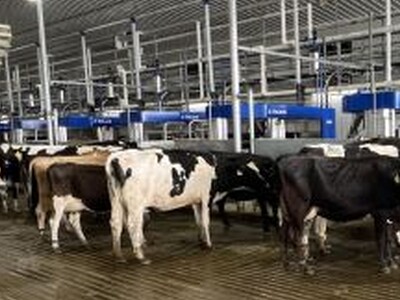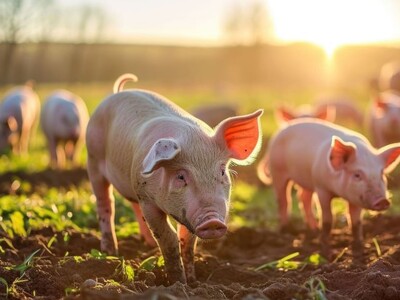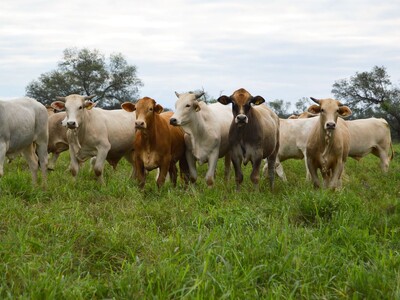Lice in Cattle
Some great advice from the National Grazing Lands Coalition: “Parasite control is one of the most important herd management decisions you make each season.” With that in mind, according to the good folks at Zoetis Cattle, now is the time to control lice in your cattle herd: Treatment in the fall can help mitigate lice infestations throughout the yearIf producers notice their cattle rubbing, biting or scratching with irritation at their neck, shoulders and rump — including the loss of hair in those areas — they could be experiencing a lice problem. Lice are a common annoyance to cattle, especially in the winter months. The energy sucking lice rob from the animal can result in anemia, slowed recovery from diseases and decreased gain during infestation. “Cattle producers and their herds experience more lice problems during the wintertime, by far,” said Jon Seeger, DVM, managing veterinarian with Zoetis. “Now is the time to treat cattle for lice.”
Two different types of lice commonly affect cattle throughout the winter: Sucking lice: With relatively small, narrow heads designed to pierce the skin and suck blood, sucking lice can cause anemia, with production loss in heavy infestations. Sucking lice can do serious damage in large numbers and even kill young calves.
Biting or chewing lice: With larger, rounder heads, biting lice feed on skin debris, scabs and blood. Chewing lice do not cause a direct production loss. This biting insect causes severe irritation and discomfort to cattle. Cattle may experience such irritation that they could damage working facilities, fences, trees and feed bunks, using them as rubbing posts for some relief. Their coats may appear rough, with patches of hair loss. The eggs of both lice types cling to the hair and hatch within 14 days. Adults live up to 28 days, with females laying an average of one egg per day.2
Tips for controlling lice in cattle:
Treat cattle for lice during the fall months, beginning in October, as populations are growing.
Administer DECTOMAX® Pour On to aid in controlling both biting and sucking lice. Consider a follow-up treatment two to three weeks later to allow time for any eggs to hatch but not mature into adults.
Assume lice are present upon receiving a load of cattle. Treat and quarantine the group. Move cattle to a different pasture to avoid any commingling over the fence with untreated cattle, as lice are easily spread.


















